1. The Cuban Missile Crisis
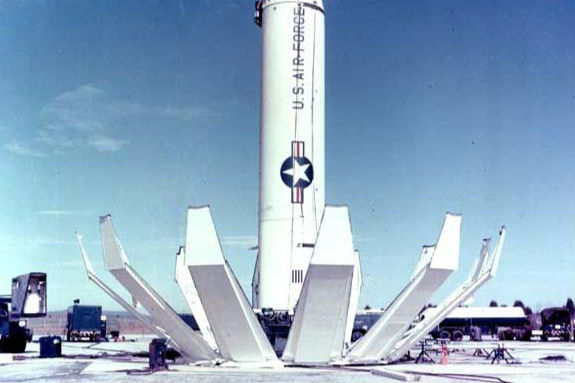
In October 1962, the world teetered on the brink of nuclear war when the US discovered the Soviet Union was placing nuclear missiles in Cuba. This 13-day confrontation was the closest the Cold War came to escalating into a full-scale thermonuclear conflict. A US naval blockade was established around Cuba, and both superpowers engaged in tense negotiations, with both sides refusing to back down. One of the most terrifying moments involved a Soviet submarine, the B-59, whose captain, believing he was under attack, was prepared to launch a nuclear torpedo. However, the decision required the unanimous consent of three senior officers, and Vasili Arkhipov, the second-in-command, famously refused, ultimately preventing a likely nuclear exchange and global catastrophe.
2. Stanislav Petrov’s Judgment

On September 26, 1983, a Soviet early-warning satellite system, Oko, reported that the United States had launched five intercontinental ballistic missiles toward the USSR. Stanislav Petrov, the duty officer at the Soviet command center, followed his instinct instead of military protocol. He correctly judged the multiple alarms to be a system malfunction rather than a genuine attack, possibly due to a rare alignment of sunlight on high-altitude clouds. His refusal to immediately report the incoming attack up the chain of command, which would have triggered a retaliatory strike, single-handedly prevented what could have been a catastrophic nuclear war based on a false alarm.
3. The Chernobyl Reactor Meltdown Aftermath
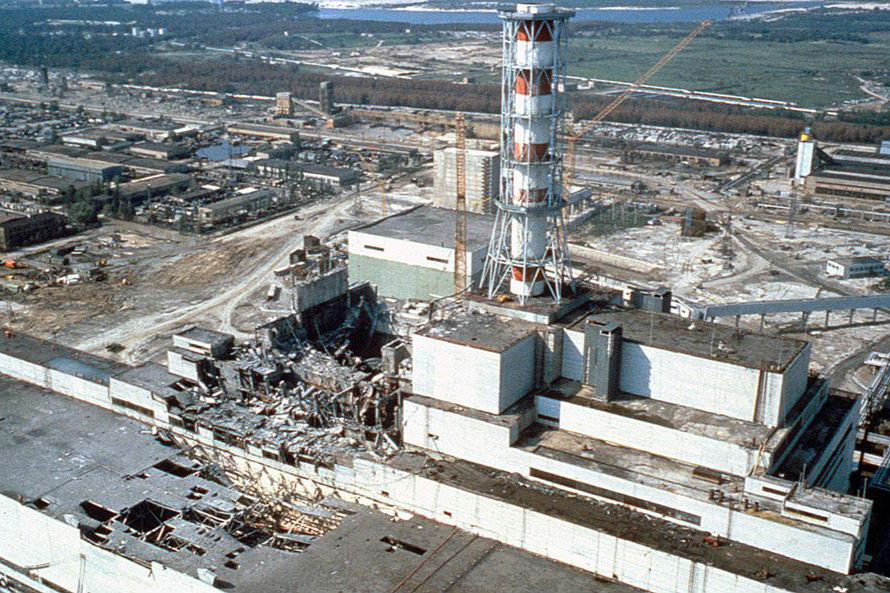
The catastrophic explosion of the Chernobyl Nuclear Power Plant’s Reactor 4 in Ukraine on April 26, 1986, released massive amounts of radiation. However, an even greater potential disaster loomed: a secondary steam explosion. The molten core was rapidly burning down toward a large pool of water used for cooling. If the lava-like substance had reached the water, a massive steam explosion could have occurred, potentially spreading lethal radioactive fallout across much of Europe. Three plant workers, dubbed the “suicide squad” by media, voluntarily swam into the highly radioactive flooded basement to open the sluice gates, successfully draining the pool and averting the larger, potentially continent-ending explosion.
4. The Toba Supervolcano Eruption
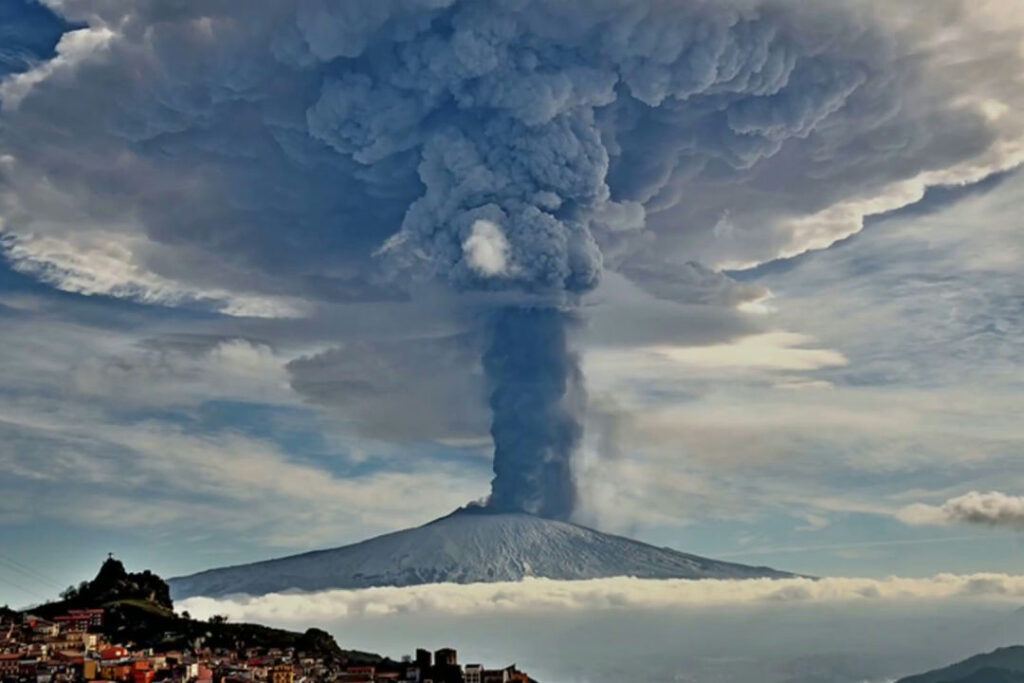
Approximately 74,000 years ago, the Toba supervolcano in present-day Sumatra erupted in the largest volcanic event of the last 2.5 million years. This massive explosion triggered a “volcanic winter,” plunging the globe into a six-to-ten-year period of severe cooling due to the vast amounts of ash and sulfur dioxide ejected into the atmosphere. The resulting impact on global climate, crops, and ecosystems created a catastrophic bottleneck for human populations. Genetic evidence suggests the number of human ancestors may have dropped to a few thousand breeding pairs, pushing the species perilously close to extinction before it eventually rebounded.
5. Near-Miss Asteroid 4581 Asclepius

In the late 1980s, an asteroid named 4581 Asclepius came dangerously close to impacting Earth, though its approach was only detected after it had passed. On March 23, 1989, the asteroid, estimated to be up to 300 meters across, missed Earth by a mere 450,000 miles (about twice the distance to the Moon), an extremely close call in cosmic terms. Had it struck, the impact would have been equivalent to detonating a 600-megaton nuclear bomb, easily causing a regional devastation that could have triggered tsunamis, firestorms, and severe global climate disruption, although likely not a full extinction event.
6. The Carrington Event Solar Storm
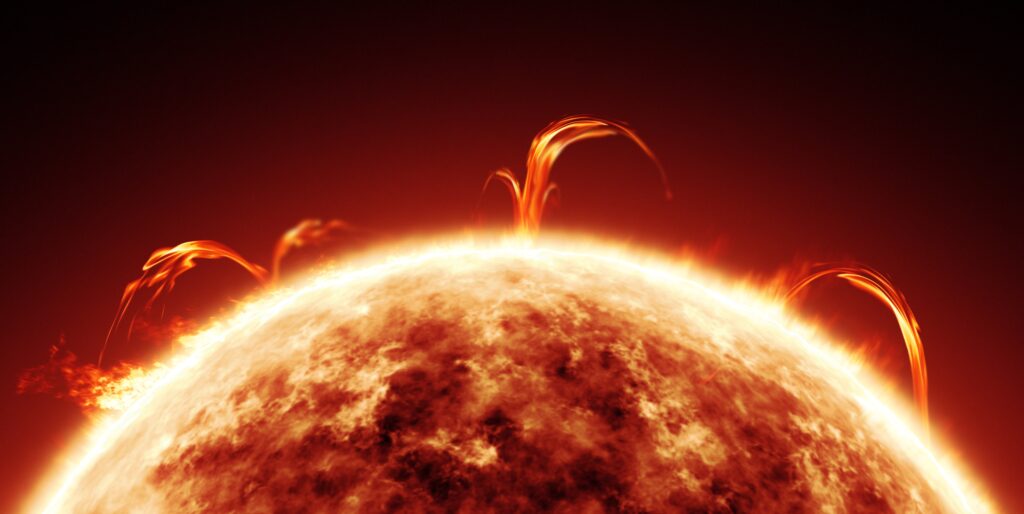
In September 1859, the most powerful solar storm in recorded history, known as the Carrington Event, slammed into Earth. It caused brilliant auroras visible worldwide and disrupted telegraph systems, shocking operators and sparking equipment. Had a solar flare of this magnitude struck Earth today, the outcome would be catastrophic. The massive geomagnetic currents could overload and destroy transformers in power grids globally, causing months or even years-long power blackouts. The world’s interconnected electronic infrastructure, including GPS and the internet, would essentially cease to function, resulting in a worldwide societal collapse averted only by the simplicity of 19th-century technology.
7. The Black Death’s Unstoppable Spread
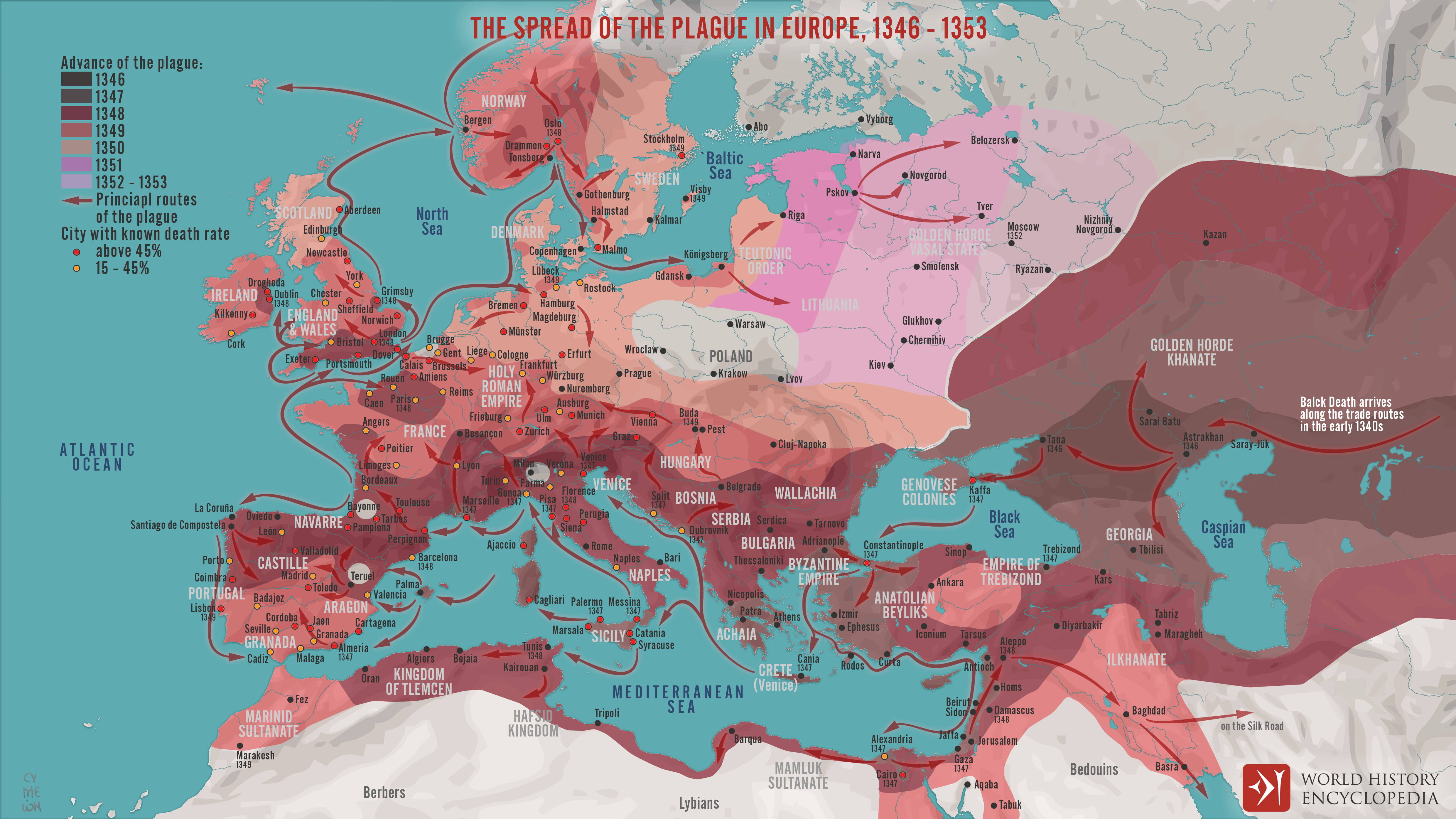
The Black Death, or bubonic plague, ravaged Europe, Asia, and North Africa in the mid-14th century, wiping out an estimated 30–60% of Europe’s population. While this was not a complete end for humanity, the sheer speed and lethality of the disease showed how vulnerable pre-modern society was to biological threats. Had the pathogen been even slightly more contagious or had global trade and travel been as widespread as they are today, the death toll could have approached extinction levels. The slow, uncoordinated nature of the spread, combined with eventually developed natural immunity in surviving populations, ultimately prevented a total collapse of civilization.
8. Operation Chrome Dome Air Disaster

During the Cold War, the US Air Force’s “Operation Chrome Dome” involved B-52 bombers carrying nuclear weapons flying continuous airborne alert missions. On January 21, 1968, one such bomber carrying four hydrogen bombs crashed near Thule Air Base in Greenland after a cabin fire forced the crew to eject. Although the nuclear triggers did not activate, the conventional explosives detonated on impact, scattering highly radioactive plutonium across the sea ice. The subsequent cleanup operation was immense and highly secretive, highlighting how a routine malfunction could have easily led to a major international incident or a severe nuclear contamination that would have rendered a large area uninhabitable for generations.
9. The Vela Incident Nuclear Flash

On September 22, 1979, a US Vela satellite, designed to detect nuclear explosions, registered a mysterious “double flash” of light characteristic of an atmospheric nuclear test, originating in the South Atlantic/Indian Ocean. The event, suspected by many intelligence officials to be a low-yield nuclear detonation carried out secretly by South Africa or Israel, was never officially confirmed or attributed by the US government, which officially declared the evidence inconclusive. The incident highlighted a terrifying vulnerability: an unauthorized or unknown nuclear test could easily trigger a response from other nations, potentially escalating global tensions to a point of no return.
10. The Norwegian Rocket Incident
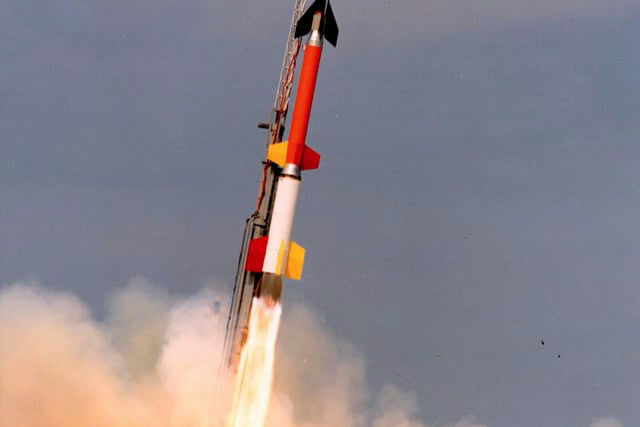
On January 25, 1995, a scientific Black Brant XII four-stage sounding rocket was launched from Norway, carrying instruments to study the aurora borealis. Its flight path was misinterpreted by Russian early-warning systems as a potential launch of a US Trident missile that could carry a nuclear warhead and detonate a high-altitude electromagnetic pulse (EMP) attack. For several tense minutes, Russian President Boris Yeltsin was given the “nuclear briefcase” and was moments away from authorizing a full nuclear retaliatory strike against the US and its allies. Clear communication and a cool-headed decision-making process confirmed the launch was civilian, once again pulling the world back from the edge.
It’s clear that our existence is far more fragile than we often acknowledge. These ten stories are vivid reminders that the difference between our world continuing and our civilization crumbling has often come down to the decisions of a single person, a piece of luck, or a simple engineering function. The challenges may change, but the ongoing work of keeping the world spinning, safe from existential threat, remains one of humanity’s greatest, most vital undertakings.
Like this story? Add your thoughts in the comments, thank you.
This story 10 Times the World Nearly Ended (But Didn’t) was first published on Daily FETCH


